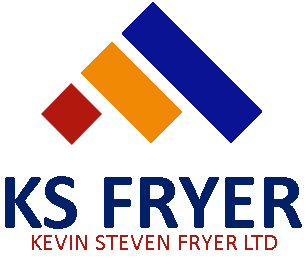Health Care
Procurement for healthcare is a critical function that ensures healthcare facilities have the necessary supplies, equipment, and services to operate effectively and provide quality patient care. Here’s a more detailed overview of the key components involved in healthcare procurement.
- Direct Procurement: Acquiring goods and services directly needed for patient care, such as medical supplies, equipment, and pharmaceuticals.
- Indirect Procurement: Purchasing non-clinical items such as office supplies, cleaning services, and IT equipment.
Procurement Process Steps
- Needs Identification: Collaborate with clinical teams to determine requirements based on patient care needs.
- Market Research: Investigate potential suppliers and products, considering factors like cost, quality, and delivery timelines.
- Supplier Selection: Evaluate suppliers through criteria such as reputation, compliance with regulations, and reliability.
- Request for Proposals (RFPs): Solicit bids from suppliers to obtain competitive pricing and terms.
- Negotiation: Discuss terms and conditions with selected suppliers to achieve the best value.
- Contract Management: Formalize agreements that specify delivery schedules, payment terms, and service level expectations.
- Order Fulfilment: Process and track orders to ensure timely delivery of goods and services.
- Inventory Management: Monitor stock levels and manage inventory to prevent shortages or excess.
- Performance Evaluation: Assess supplier performance regularly to ensure compliance with contractual obligations.
- Regulatory Compliance: Navigating complex healthcare regulations and ensuring adherence to standards.
- Cost Control: Balancing quality with budget constraints, especially in a financially pressured environment.
- Supply Chain Disruptions: Managing risks associated with supply chain interruptions due to global events or supplier issues.
- Technological Advances: Keeping up with rapidly evolving medical technologies and integrating them into procurement strategies.
